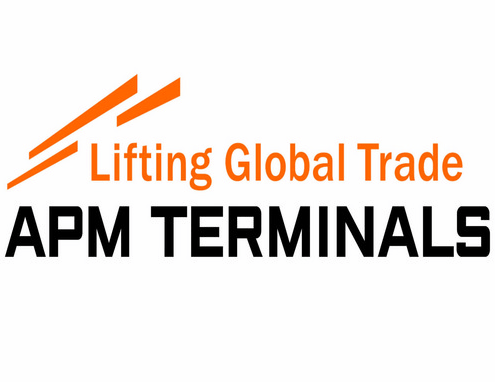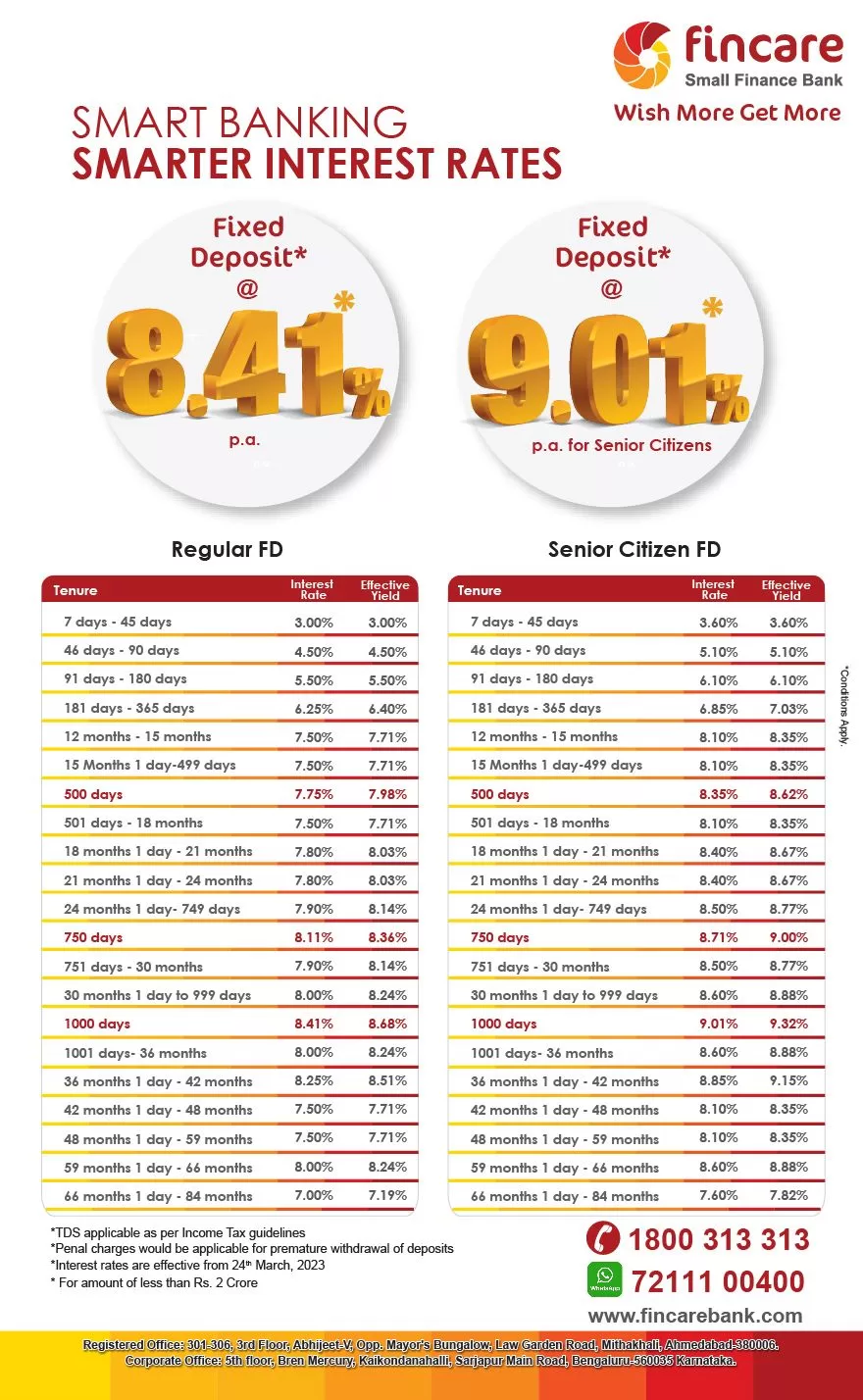APM Terminals Pipavav financial performance for the first quarter of FY 2022. Pipavav, India: APM Terminals Pipavav (Gujarat Pipavav Port Ltd) today announced the financial results for the quarter ended June 30, 2021. The company reported a net profit of INR 321.63 million for Q1FY22 as against INR 464.16 million in Q1FY21. Revenue from operations for the quarter under consideration stood at INR 1,596.19 million as against INR 1,589.76 million in Q1FY21. EBIDTA for the quarter was at INR 879.29 million as against INR 954.97 million during the same quarter last year. EBIDTA margin stood at 55% in Q1FY22 as against 60% in Q1FY21.
The results for the first quarter are not comparable to the corresponding period of last year as the port operations were severely impacted by ‘Cyclone Tauktae’ in the second fortnight of May. The Port commenced partial operations from June 1 onwards after arranging mobile power supply system in the absence of power supply from national grid. The power supply from national grid was resumed from July 10 after which the Port became fully operational.
The container cargo business for the quarter stood at 1,49,953 TEUs, bulk business was at 0.66 MT and liquid business was 0.14 MT. 2,550 cars were handled under RoRo category for the quarter under review.
Commenting on the Q1FY22 results, Mr. Jakob Friis Sorenson, Managing Director, APM Terminals Pipavav said, “Cyclone Tauktae was a major challenge for us during the quarter. Though, the operations at the Port was severely impacted due to non-availability of power supply and communication post cyclone, our team worked round the clock to ensure we are back to operations immediately. Due to our proactive approach and planning in pre cyclone area ensured, that all our employees are safe and had minimal impact on the infrastructure. We believe that the learnings from this challenging period will help us in achieving the sustainable growth for all stakeholders.”




